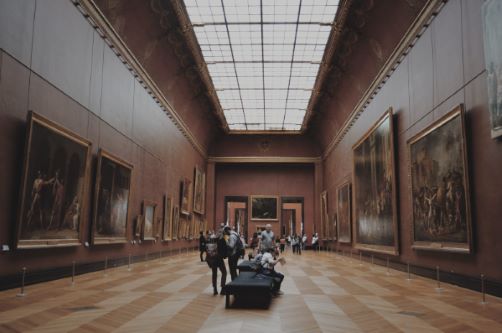

Working in a museum can be a dream job for many, but it comes with its unique challenges and responsibilities. Museums are not just places to showcase beautiful artifacts and artworks; they are repositories of history and culture, and the custodians of our collective heritage. Whether you’re a curator, educator, conservator, or administrator, there are essential aspects to consider when working in a museum. In this blog post, we’ll explore some crucial insights to help you navigate the fascinating world of museum work.
Museum Organizers: The Backbone of Every Exhibition
Museums rely heavily on their organizers to make exhibitions come to life. These professionals are responsible for selecting and arranging artifacts, artworks, and exhibits, ensuring they are displayed in a way that engages and educates visitors. One of their essential tools is the use of the best museum storage cabinets that help preserve and protect valuable artifacts not currently on display. Organizers meticulously plan the layout of exhibits, deciding how to group items to tell a compelling story. Their work is an intricate dance between aesthetics and education.
The Significance of Conservation
Conservation is at the heart of museum work. Whether you’re conserving ancient manuscripts or modern art, preserving the integrity of artifacts is paramount. Conservators must be well-versed in the science of materials and the art of restoration. They use various techniques, such as cleaning, repairing, and stabilizing items, to ensure their longevity. This role also includes monitoring environmental conditions to prevent damage due to factors like temperature and humidity. Collaboration with other professionals, such as curators and scientists, is often necessary to make informed decisions on restoration.
Connecting with Your Audience

Museums serve a diverse audience, and it’s crucial to connect with them effectively. Educators and interpreters play a vital role in bridging the gap between the artifacts and the public. They create engaging programs, tours, and interactive exhibits that make the museum experience more accessible and enjoyable. These professionals also develop educational materials and resources for teachers and students. Effective communication and storytelling are key skills for those in this role, as they help visitors form a deeper understanding of the museum’s collections.
The Intricate World of Curators
Curators are the guardians of a museum’s collection. They are responsible for acquiring, researching, and managing the objects within the museum. Their work involves identifying artifacts of historical, cultural, or artistic significance, and then deciding which pieces should be added to the collection. Curators collaborate with experts, artists, and scholars to provide context for the artifacts. They also determine the best ways to display and interpret the items, ensuring that the museum’s narrative remains coherent and engaging.
Embracing Technological Advancements
In today’s digital age, museums must adapt to new technologies to stay relevant. Museum professionals need to stay up-to-date with digital tools and techniques for exhibition design, marketing, and audience engagement. Digital displays, virtual reality, and interactive apps are becoming common features in modern museums.
Working in a museum is a multifaceted endeavor that involves a range of professionals working together to preserve and share our cultural heritage. Museum organizers, conservators, educators, curators, and many others play vital roles in making museums not only repositories of history but also engaging and educational spaces. The embrace of technology and a commitment to ethical practices are essential for the continued success of these institutions. As you embark on a career in the museum world, keep these insights in mind, and you’ll contribute to the preservation and promotion of our rich cultural heritage.


